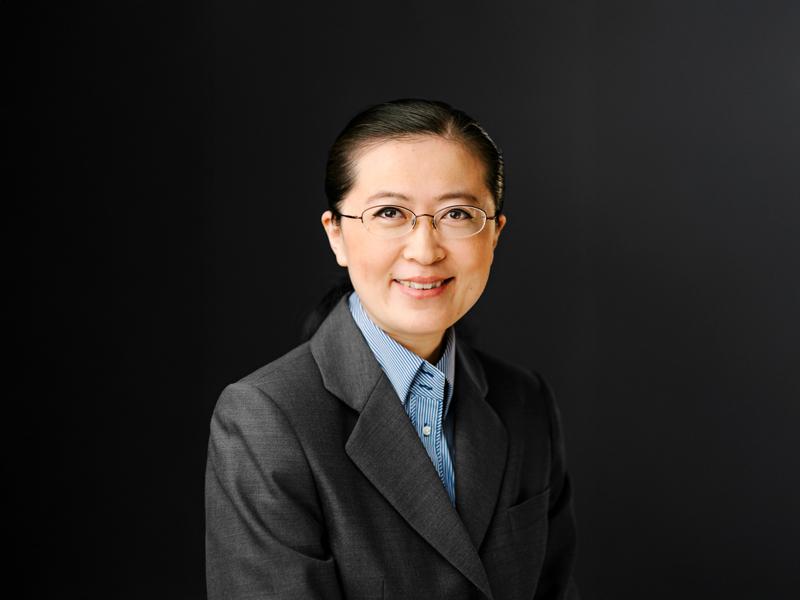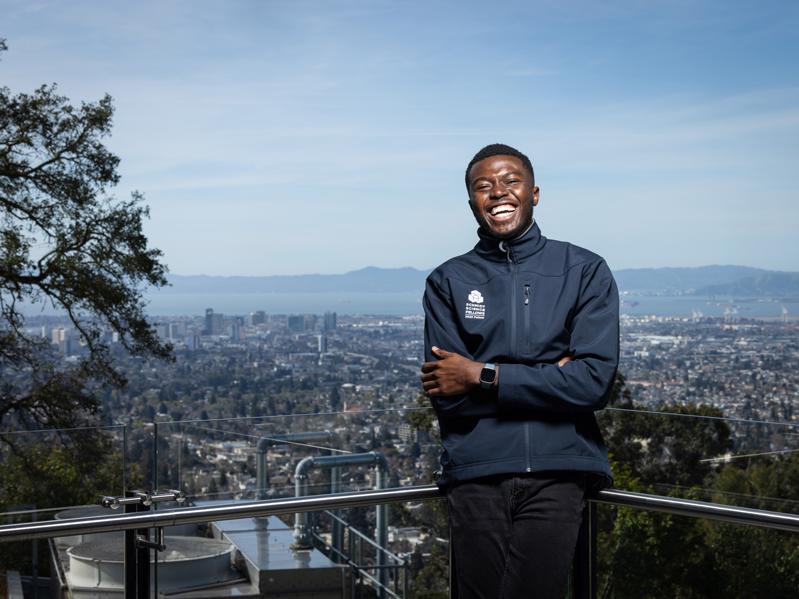Many of the most impactful scientific projects came together through the simple mechanism of letting like-minded researchers from different fields share a space, their expertise and a common goal. The key is to create an environment in which interdisciplinary collaborations can thrive and become commonplace.
The National University of Singapore (NUS) has made interdisciplinary research a strategic priority, and its deputy president of research and technology, Bin Liu, knows precisely what effective collaboration looks like, both from an institutional perspective and from her experience in the laboratory.
A scientist with a background in organic chemistry who has applied machine learning techniques in her groundbreaking research into advanced materials for biomedical applications, Liu says universities must prioritise interdisciplinarity and make such collaborations happen.
“When we bring people from different disciplines together, we become more powerful in solving challenging problems,” Liu says. “NUS established programmes, initiatives and institutes that increase touch points and spur collaboration between experts from various disciplines.”
NUS has made considerable efforts to develop its interdisciplinary capability. One example is the NUS Smart Nation Research Cluster (SNRC) established in 2018, which now comprises more than 15 research centres and institutes working on data sciences, AI, cybersecurity, optimisation research and analytics, and behavioural sciences, co-located in the NUS Innovation 4.0 building.
Recently established at NUS is the AI Institute, which pairs experts in AI and computer science with domain experts from a range of disciplines such as finance, healthcare and sustainability. Liu says it can be a force multiplier for innovation. “If we can leverage state-of-the-art technology such as AI, then we can push the frontier of each domain much faster,” she says. “When domain experts effectively integrate AI into their research, magic can happen because the best methodology can be immediately utilised for practical applications.”
Integration is the watchword. The SNRC brings together researchers in STEM and humanities subjects to pursue transformative research projects. “With expansive data and analysis tools, our social science research has become a lot more quantitative,” says Liu. “A lot of historically difficult work becomes much easier with digitisation. With AI and its integration into the discipline, it becomes much more straightforward.”
Singapore’s research ecosystem incentivises interdisciplinary approaches. For instance, large-scale projects with high societal impact will gain researchers access to the National Supercomputing Centre Singapore. The government awards larger grants to projects pairing STEM fields with the humanities, which Liu says is a “very clear signal” that it recognises collaboration is going to be vital for tackling society’s biggest problems.
“Singapore is a great country with strong innovative ideas that foster interdisciplinary research,” says Liu. “All these incentives help.”
Times Higher Education has partnered with Schmidt Science Fellows to develop a new ranking measuring universities’ contribution to interdisciplinary science. Find out how to participate.
Find out more about Schmidt Science Fellows.


comment